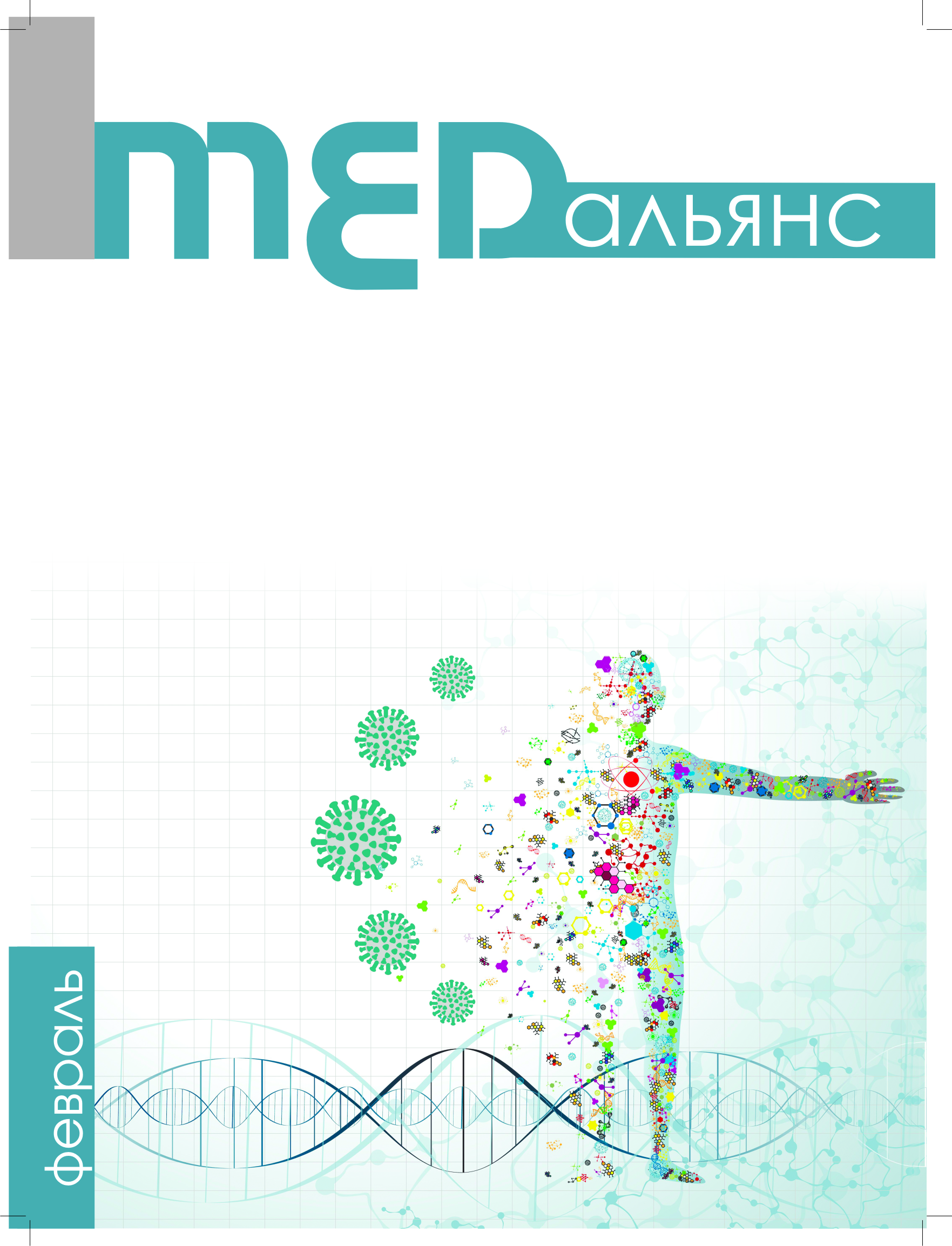Abstract
Objective: to develop algorithms for treating patients with intolerance to dental construction materials (IDCM) and evaluate the clinical effectiveness of using an insulating coating of tantalum pentoxide (Ta2O5) on the surface of prosthetic constructions. Materials and methods. 552 patients (507 women and 45 men) with IDCM were examined. Basic and additional research methods were used, including exposure and provocative tests, epicutaneous and intraoral epimucous allergological tests, measurement of impedance and galvanic current, and assessment of the psychological status of patients. Results. The average number of comorbidities per person in patients with an allergy and a combination of several types of IDCM is significantly higher than in patients with galvanosis and toxic-chemical stomatitis (p<0.001). In patients with IDCM of an allergic nature and a combination of several types of IDCM, a direct correlation was found between the number of concomitant diseases per person and the probability of IDCM (r=0.614 and r=0.683, respectively, p<0.01). Concomitant pathology of organs and tissues of the oral cavity was detected in 39.49% of patients with IDCM. In 57.6% of cases, patients with IDCM showed a high level of personal anxiety (Spielberger–Khanin personal anxiety scale). 23.1% of patients had a high level of alexithymia (more than 74 points on the Toronto Alexithymia Scale). The method of determining stress resistance and social adaptation of Holmes–Rahe showed low resistance to stress in 23.1% of patients with IDCM. Treatment algorithms for patients with IDCM take into account the need to correct comorbidities and are based on the principles of complexity, consistency, individuality, systematicity and continuity of treatment. Conclusion. The proposed algorithms for treating patients with IDCM have shown their clinical effectiveness. The use of Ta2O5 as an insulating coating for metal and acrylic prosthetic constructions is an effective method of prevention and treatment of IDCM.

